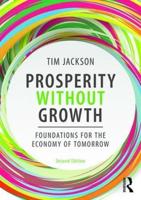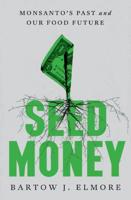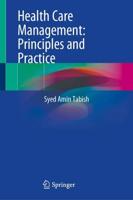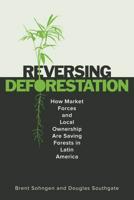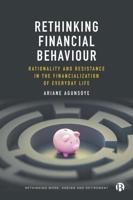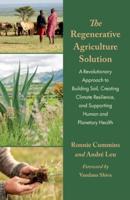Publisher's Synopsis
Children throughout the world are engaged in a variety of activities classifiable as work. These range from relatively harmless, even laudable, activities like helping parents in the home, to morally or physically dangerous ones. Many forms of child labour have valuable learning-by-doing elements, but they all conflict with formal education. If the family is credit constrained, child labour relaxes the liquidity constraint and may be necessary to avoid starvation. Statistically and theoretically, child labour is associated with high fertility, high infant mortality, and low productivity. By contrast, education is associated with low fertility, low infant mortality, and high productivity. Suitable as an advanced development economics or development microeconomics textbook, the book lays out the theory as it now stands and examines the available evidence within an integrated framework. This second edition emphasizes the interplay between child labour, education, fertility, and mortality. The empirical aspects have been expanded to include new evidence available since the previous edition and an assessment of the impact of policy and programs. There are new chapters on the emergence and implications of family rules and social norms, and on policy optimization, and an expanded chapter on international trade examines the effects of foreign direct investment.


